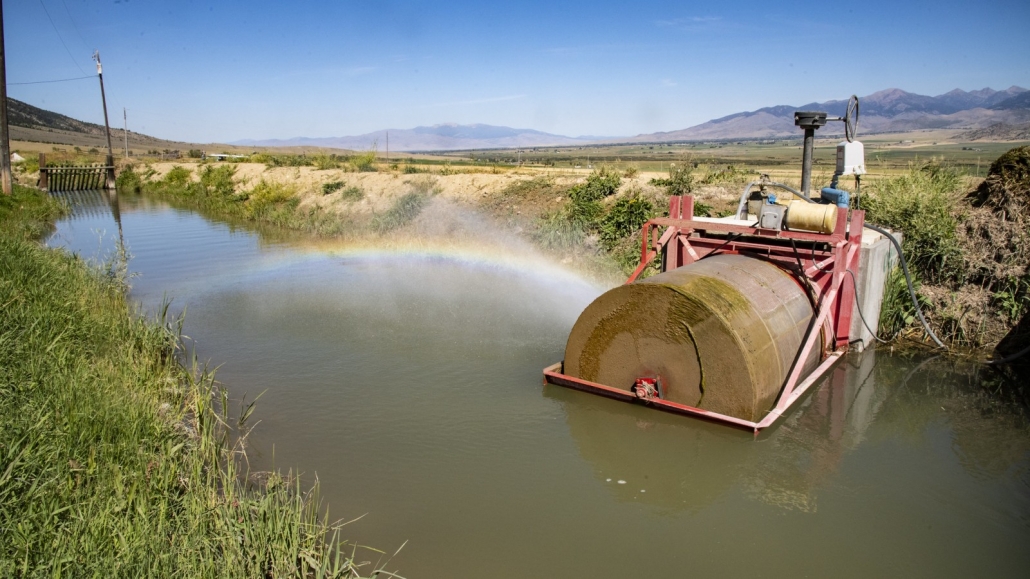HotSpots H2O: Amid American West Megadrought, Montana’s Reservoirs Are Running Dry

Near Ruby Reservoir in northeast Montana. Photo via Flickr Public Domain, Lance Cheung
Christian Thorsberg, Circle of Blue
An extreme megadrought is sweeping across the American West, a consequence of climate change that is threatening urban water allotment, indigenous water security, and ecosystem balance. The pain is now being felt in Montana, where officials worry that a historically dry spring will shrink the state’s agricultural yield and increase the risk of summer wildfires.
Montana’s freshwater network is a tale of two geographies. Rising from snow-capped western mountains, the state’s rivers spread into flatter eastern plains. The Yellowstone and Missouri rivers, which begin in the high-elevation southwest and continue northeasterly, are the main sources of water for the drylands of eastern Montana.
For the Missouri River basin, which extends into Wyoming, the Dakotas, Nebraska, and northern Kansas, this was the ninth-driest April in over a century of record-keeping. In most of Montana, particularly in the arid north and east where farming is king, precipitation ranged from 17 to 55 percent of normal.
Compared to past years, streamflow this May near Yellowstone National Park and across the state’s central and eastern plains is below normal. In distant northern areas, and in western communities on the far side of the mountains, flow is even worse, classified by the U.S. Geological Survey as “much below normal.”
Downstream reservoirs and waterways are drying up. The water level at Fort Peck Reservoir is already four feet lower than this time last year, and nine feet lower than in mid-May 2019. Canyon Ferry Reservoir is two feet below the minimum water level required to launch boats. Missouri River runoff is only at 44 percent of its average, while Bighorn Reservoir, in northern Wyoming, is forecasted to receive just two-thirds of its normal water inflow. Continued extreme dry spells might reduce the impact of the new Billings West End Reservoir, currently in construction, expected to open for the state’s most populous city in 2022.
“I urge all water users, particularly intake owners, to begin preparing for the possibility of lower river levels later this summer and during the fall and winter,” said John Remus, chief of the U.S. Army Corps of Engineers Missouri River Basin Water Management Division, in a news release last week.
Montana remains one of the largest water consuming states per capita, withdrawing surface water at rates above the national average. But as of last Thursday, 87.6 percent of the state is abnormally dry, with nearly half the state experiencing severe to extreme drought. Farmers who depend on consistent seasons and water availability are particularly vulnerable.
So too are Montana’s forests and forest-adjacent infrastructure. Scarce precipitation in 2021 closely mirrors patterns from past wildfire-heavy years, particularly from 2012, when 1.1 million acres burned in what was the largest fire season in over a century. Montana officials continue to monitor moisture and temperature, mindful of the damage that sparks can cause in a dry region.
Christian Thorsberg is an environmental writer from Chicago. He is passionate about climate and cultural phenomena that often appear slow or invisible, and he examines these themes in his journalism, poetry, and fiction.






Leave a Reply
Want to join the discussion?Feel free to contribute!